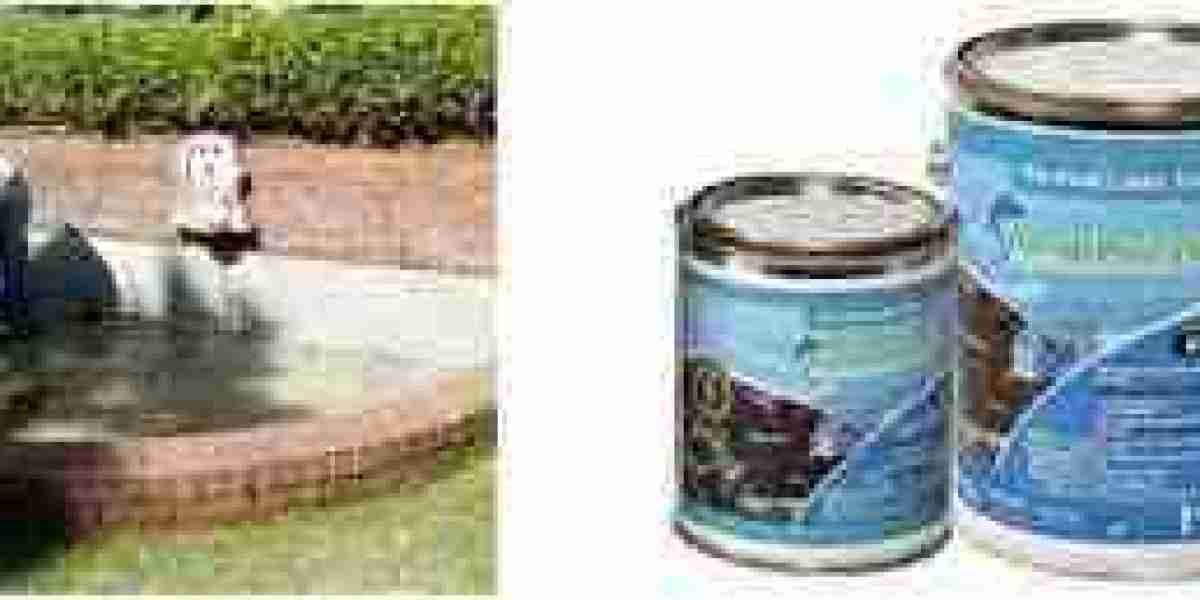lexel sealant, a versatile and essential product in the realm of construction and maintenance, plays an often-underappreciated role in ensuring the integrity and longevity of structures. Comprising a blend of polymers, adhesives, and binding agents, lap sealant is specifically formulated to provide a reliable barrier against the infiltration of moisture, air, and other potentially damaging elements. Its distinctive consistency, resembling a viscous paste, allows for seal pond and adherence to a wide array of surfaces, ranging from roofing materials to windows and doors.
The primary function of pond sealing revolves around its exceptional sealing properties. Its composition grants it the ability to create a robust bond, effectively sealing gaps, seams, and joints that might otherwise be vulnerable to leakage and intrusion. This proves particularly invaluable in environments that experience constant exposure to changing weather patterns, such as rain, snow, and temperature fluctuations. rubber coatings, in particular, benefit greatly from the application of lap sealant. When applied along the edges and seams of roofing materials, this sealant acts as a safeguard, preventing rainwater from seeping into the underlying structures and causing damage that could potentially compromise the building's integrity.
One of the most noteworthy features of rubber coating is its remarkable adaptability. It exhibits impressive adhesion capabilities across a wide range of substrates, including wood, metal, plastic, and concrete. lap sealant versatility makes it an indispensable tool in both residential and commercial construction projects, where different materials often converge. The ability of lap sealant to bond with diverse surfaces ensures that it can be seamlessly integrated into various construction components, from sealing joints in plumbing and HVAC systems to securing flashing around chimneys and vents. Its versatility extends beyond traditional construction, finding applications in industries as diverse as automotive manufacturing and marine engineering.
In addition to its adhesion properties, rubber couplings boasts exceptional durability. Engineered to withstand harsh weather conditions and UV exposure, it remains intact and effective even when faced with prolonged exposure to the elements. This resilience is especially significant in scenarios where long-term protection is paramount, such as sealing seams on recreational vehicles or watercraft. Furthermore, pond liners plastic durability contributes to reduced maintenance costs over time, as structures treated with lap sealant require less frequent repairs and touch-ups.
The application process of pond liners epdm, while straightforward, demands attention to detail to ensure optimal results. Proper surface preparation is key; the substrate should be clean, dry, and free from any debris that could hinder adhesion. A caulking gun or similar dispensing tool is often used to apply the sealant evenly along the desired area. Care must be taken to avoid excessive application, as this can lead to wastage and messy aesthetics. Once applied, the sealant can be spread using a putty knife or gloved fingers to achieve a smooth, uniform finish. It's important to note that, while lap sealant typically cures within a specified timeframe, environmental conditions like temperature and humidity can influence drying times.
The selection of the appropriate type of lap sealant is paramount, as different formulations cater to distinct needs. For instance, some sealants are designed for vertical surfaces, offering superior viscosity to prevent sagging during application. Others are specifically tailored for horizontal applications, providing optimal adhesion and resistance to foot traffic. Color options also abound, allowing for aesthetic harmony with various building materials. Additionally, lap sealants can be categorized based on their base composition, such as silicone, polyurethane, or acrylic, each offering unique characteristics suited to different scenarios.
In conclusion, lap sealant stands as a crucial player in the construction and maintenance industry, often working behind the scenes to fortify structures against the elements. Its remarkable sealing capabilities, versatility in adhering to diverse substrates, and enduring durability position it as a staple in modern construction practices. Whether safeguarding a residential roof from water damage, ensuring the airtightness of commercial buildings, or contributing to the longevity of marine vessels, lap sealant's impact is both widespread and underappreciated. As technology and material science continue to advance, it's likely that lap sealant will evolve further, adapting to new challenges and continuing to be a cornerstone of effective construction and maintenance.







